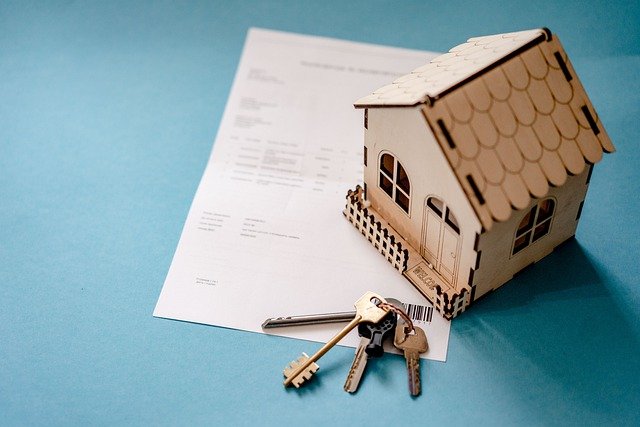It can be quite challenging to think about anything else other than the emergency at hand when disaster strikes. But before you go tearing down walls or tearing up carpets, there are a few things to consider. Here are some tips on how to manage your property after a disaster.
Make a list of all your losses
The first step before seeking property restoration services after a disaster is making a list of all the losses. This will help you categorize what needs to be replaced, repaired, or stored. For example, you might need new furniture because the old one was destroyed by water or fire. It’s also helpful to create a list of the lost items in the disaster. For example, if you weren’t home when your apartment caught on fire and everything was burned up, you should list everything you lost inside the apartment. After creating the list, you’ll be able to figure out what needs to be replaced or repaired and how much it’s going to cost. By doing this before contacting an insurance company, for example, they can give you accurate estimates on what they’ll cover.
Start the insurance claim process
Start the insurance claim process as early as possible to protect your property and belongings. If you wait too long after a disaster, your insurance company could turn you down, or you may not be covered for certain losses.
You need to take inventory of what needs to be replaced and then contact your insurance agent. It’s best to have all of the necessary information before starting the process so that everything goes as smoothly as possible. Once you’ve contacted your insurance company, it may take a few days for them to send an inspector out for their initial assessment. Once they’ve visited your property, they’ll be able to provide a better estimate of what should happen next. If you don’t have insurance or if it doesn’t cover the damages, then explore other options that may be available to you. It’s important to take this step to get started on the right foot.
Temporary Housing
Until you have the property completely repaired, you will need somewhere to stay. Find temporary housing close to home so that your commute isn’t too long. If your insurance company offers a hotel or other form of temporary housing, be sure to take advantage of this resource. If not, find out if any nearby hotels offer these services.
If you are unable to stay with family members or friends, consider renting an apartment nearby until your property is rebuilt. You can also speak with your mortgage company about the disaster and whether they may have any assistance for you. They may also know of many local organizations that will be able to help you clean up and repair your property. Be sure to contact them as soon as possible.
Remediation and Reconstruction
The other step is to assess the damage and decide if it’s worth restoring or rebuilding. If repairing the damages will cost less than rebuilding, then you should consider a remediation project. This involves cleaning up the damaged property, evaluating what needs to be fixed, and installing a temporary roof to prevent further damage. In contrast, if the costs of repairs exceed those of reconstruction, you should consider reconstruction projects. This involves the demolition of the entire structure and rebuilding from scratch.
Many factors go into making this decision. But as a general rule, if your home has sustained enough structural damage to making it uninhabitable or unsafe for occupancy, you’ll have to start from scratch with a new property.
Before you can repair your home, you need to select a restoration company. You should look for someone professionally licensed and bonded, has experience in the type of disaster that caused the damage, and has an excellent reputation.
It’s important to know that different types of disasters require different skillsets. If you’re not sure which company to hire, be sure to do your research so you can find one with the right qualifications. There are plenty of restoration companies out there. Just find the one that best meets your needs.
Conclusion
If you’re looking to rebuild after a disaster, you’ll need to start by getting your house inspected and approved by FEMA. The agency will also clear the lot for you to spring demolition and cleanup. If your home is beyond repair, temporary housing is available for up to 18 months. After your house is cleaned up, remediation and reconstruction can begin.




